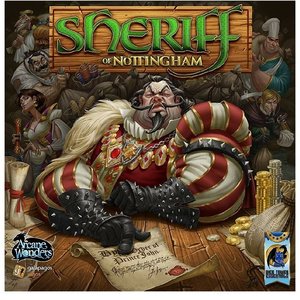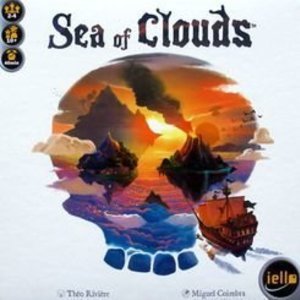
Sea of Clouds
Tabletop Game
In Sea of Clouds, as captain of a flying pirate ship, recruit a cutthroat crew, collect relics and...
Boardgames Pirategames

The Secret Agent: Inside of the World of the Football Agent
Book
'I always knew I wanted to do something in football just like I always knew I wanted to be rich.' So...

Learn Electronics with Raspberry Pi: Circuits, Games, Toys, and Tools: Physical Computing with Circuits, Sensors, Outputs, and Projects: 2016
Book
Make a variety of cool projects using the Pi with programming languages like Scratch and Python,...
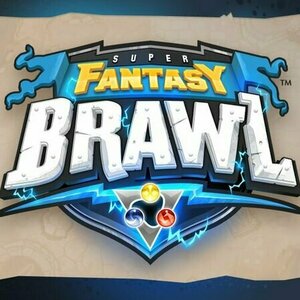
Super Fantasy Brawl
Tabletop Game
In the land of Fabulosa, powerful magics have rendered war obsolete. With nothing else to compete...
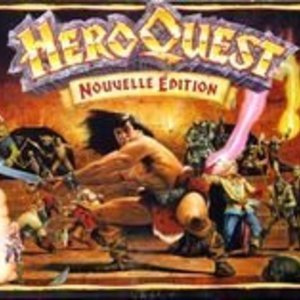
HeroQuest Advanced Quest
Tabletop Game
Advanced Heroquest was a 1989 sequel to HeroQuest, published by Games Workshop. Changes from...
Purple Phoenix Games (2266 KP) rated Sheriff of Nottingham in Tabletop Games
Nov 16, 2021
Disclaimer: I have the first edition of this game, so the pictures below do not reflect the art/component changes brought in the recently released second edition. -L
Sheriff of Nottingham is a party game of bluffing, negotiation, and set collection in which players are trying to earn the most money by bringing their goods (Legal or Contraband!) to market. However, before those goods can get to your merchant stand, they must be cleared to pass by the Sheriff of Nottingham. Are you honest in your declarations, or are you trying to sneak something past the town authority? Bluff, bribe, or negotiate your way to victory and collect the most gold!
To setup for a game of Sheriff of Nottingham, each player receives a merchant stand board and bag in their chosen color, 20 starting gold, and 6 Goods cards. The remaining Goods cards are placed in a draw pile, with 2 adjacent discard piles. Turn over 5 cards to each discard pile, select a starting Sheriff, and the game is ready to begin! Sheriff of Nottingham is played over a series of rounds, and each round is broken down into 5 phases: Market, Load Merchant Bag, Declaration, Inspection, and End of Round. Important note – the player acting as Sheriff for the round will only act in the Inspection phase of a round. During the Market phase, players have the opportunity to discard unwanted Goods from their hand in order to draw cards from the draw pile or either discard pile. New cards are drawn one at a time, and you will draw as many cards as you have chosen to discard. The cards you discard will be placed in either discard pile, in whatever order you choose.
The next phase, Load Merchant Bag, is pretty self-explanatory. All merchant players will select up to 5 cards from their hand to place in their merchant bag. Snap it closed, and place it in front of you for the next phase, Declaration. In this phase, players will take turns declaring what good they are bringing to market. You must say exactly how many cards you are bringing, and you may only declare 1 type of Legal good! Even if your bag has multiple types of goods, you must declare only 1 type. Here is where your bluffing skills come into play! Once all players have made their declarations, the game moves to the Inspection phase, and it is now time for the Sheriff to act! In this phase, the Sheriff will get to decide if they wish to inspect any of the merchant bags, and merchants will have the opportunity to negotiate or bribe the Sheriff to not inspect their bag, or to inspect an opponent’s bag instead. If you make a deal with the Sheriff, you must hold up your end of the agreement!
Once the Sheriff has made their decision, they will either inspect bags or allow them to pass. If you are allowed to pass, you will take back your bag, open it, and add all goods to your merchant stand in their corresponding locations. Legal goods are known to all players, but Contraband goods are kept face-down. If the Sheriff chose to inspect your bag, they will open it and reveal the cards inside. If you were in fact telling the truth, and the cards inside are exactly what you declared, you add them to your merchant stand and the Sheriff will pay you a penalty for each Good card in your bag. If you were lying, a few things happen. First, any goods that were truthfully declared will go to your merchant stand as normal. Any goods that you lied about are confiscated by the Sheriff, and placed onto either discard pile. You then will pay the Sheriff a penalty fee for each confiscated good! The final phase, End of Round, has all players draw back up to 6 cards in hand, and the Sheriff title passes to the next player. The game continues in this fashion until all players have been the Sheriff twice (or three times in a 3-player game). Points are counted up – from your goods in your merchant stand, any gold coins you possess, and any bonus points for majority of Legal goods compared to opponents. Once all points have been tallied, the player with the highest score wins!
I know that I have said before that I generally don’t like bluffing games, but I think that Sheriff of Nottingham might be an exception. Yes, in some cases you will have to bluff about the contents of your merchant bag, but the ability to bribe/negotiate with the Sheriff takes some focus off the actual bluffing part. Can you convince the Sheriff to inspect another player’s bag just because you are trying to hinder that player? Or do you try to get the Sheriff to inspect your own bag, because then they will have to pay you a penalty fee for your honesty (this round, at least). It feels like there is more strategic gameplay here than simple bluffing, and I like the opportunity to strategize instead of relying solely on my (admittedly horrendous) poker-face.
Another thing that I really like about Sheriff of Nottingham is that it can technically be categorized as a party game, but it doesn’t feel like a typical party game to me. It takes strategy to play, and doesn’t just rely on crude/adult humor for laughs. This game really engages all players at all times, as you’re constantly watching your opponents, keeping track of what goods they seem to be collecting, and trying to catch them in a lie. The gameplay itself is pretty streamlined and straightforward, and that just helps to make it flow naturally and logically. The playing time is listed as 60 minutes, but it doesn’t feel like a long game to me at all. It’s just a light, fun, and entertaining game for really any type of game night.
Let’s talk components for a minute. Again, I have the first edition of the game, so I cannot speak as to any component changes in the second edition. But overall, the quality of the first edition is pretty nice! The merchant stand boards are nice, thick cardboard, and are colorful and clear. Perhaps my favorite part of the boards is they each have a turn order reference on them. Not that the gameplay is that complicated, but it’s nice to just have that quick guide. The Goods cards are good quality and feel nice in hand. The artwork is mostly pretty simple, but I like that, since the crux of the gameplay is in the player interactions. The cardboard coins are chunky, and the insert doubles as a draw/discard pile organizer – which to me is a lifesaver! Nothing bothers me more than unruly stacks of cards. The merchant bags are nice and mostly functional. My biggest issue with them is that sometimes the snaps are a little hard to open, and it feels like you might tear the bag if you pull on them too hard. To alleviate that, I just don’t have players actually close the snap, instead just folding over the flap, and that works just as well! Great production quality in my opinion.
So if I seem to like this game, why did I only give it a 4 out of 6? The simple answer to that is that I do like the game, but I don’t love it. It’s fun and serves its purpose well, but it’s not a game that I am dying to pull out every game night. It’s one that will stay in my collection for sure, because there are some occasions that are just perfect for it. But it’s not one that will ever make its way to my Top 10. All in all, it holds up well for being an ‘older’ game, but it doesn’t exactly have me jumping up and down to play. That’s why Purple Phoenix Games gives this one an 11 / 18.
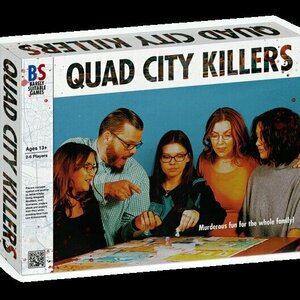
Quad City Killers
Tabletop Game
Quad City Killers: Murderous Fun for the Whole Family! QCK is created in the style of an 80s...
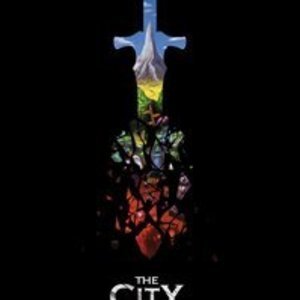
The City of Kings
Tabletop Game
This world used to be a garden full of life; from the flying Vadora to the deep-dwelling Dwarves –...
BoardGAMES 2018Games
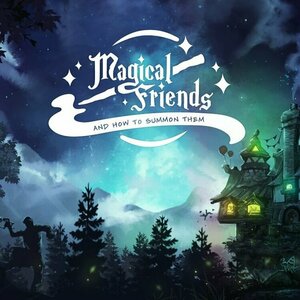
Magical Friends and How to Summon Them
Tabletop Game
In Magical Friends and how to summon them you'll be one of 4 powerful wizards who will try to win...

